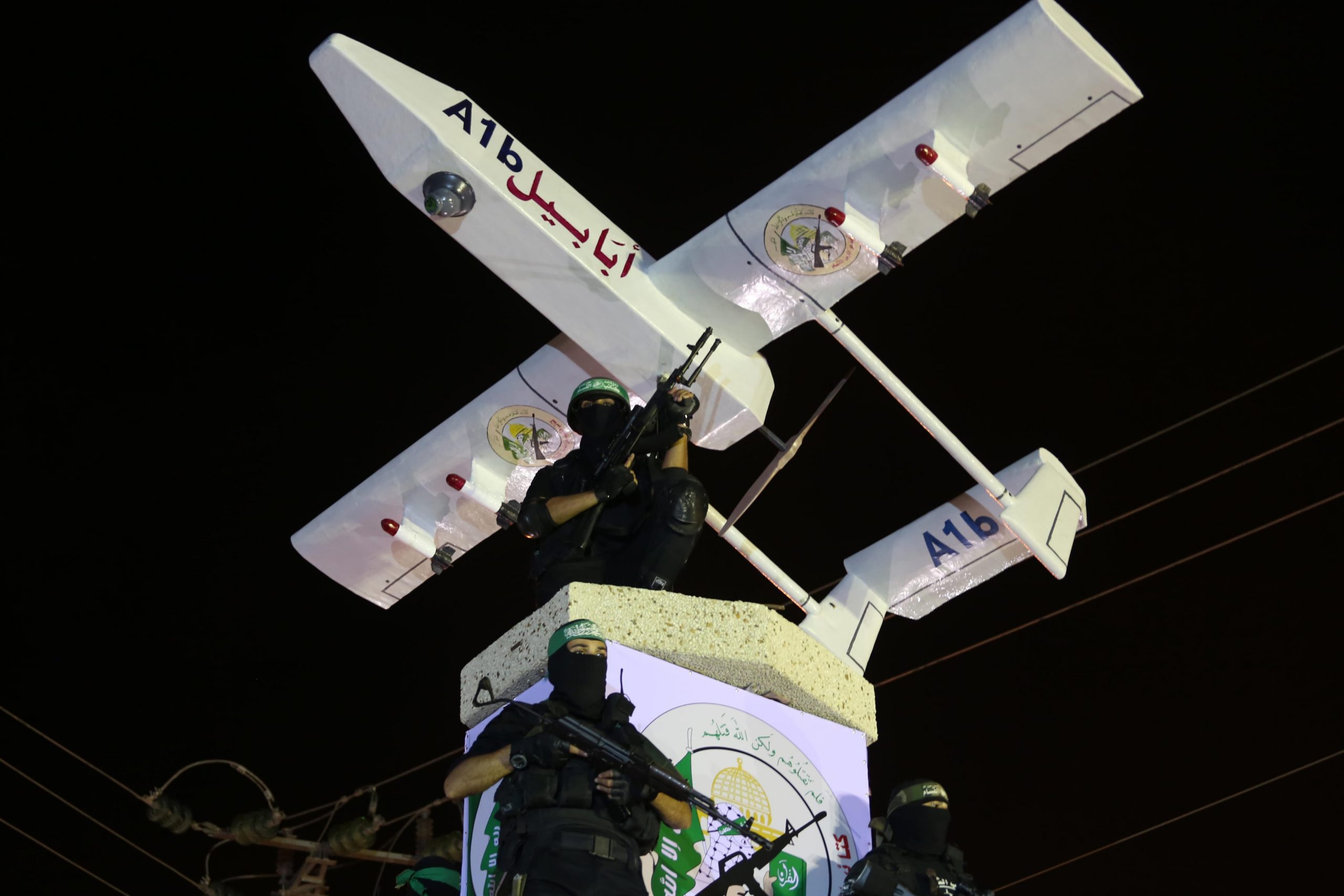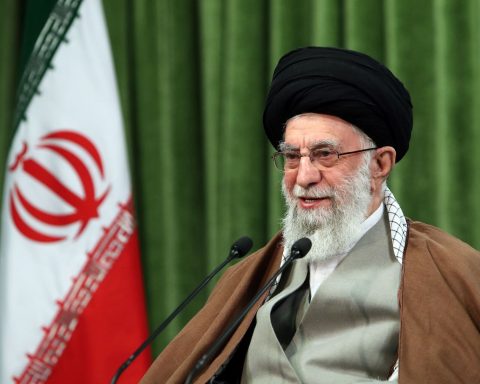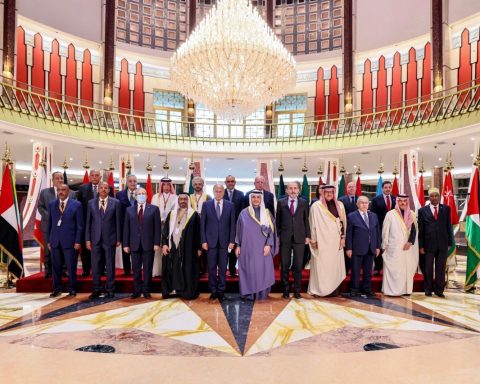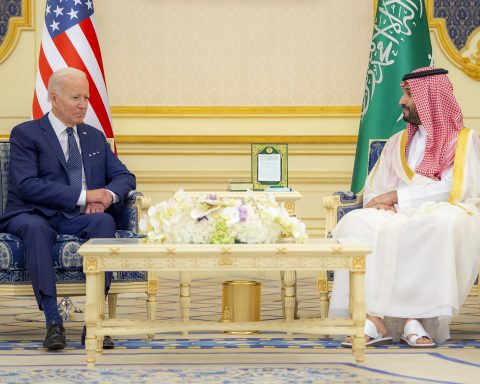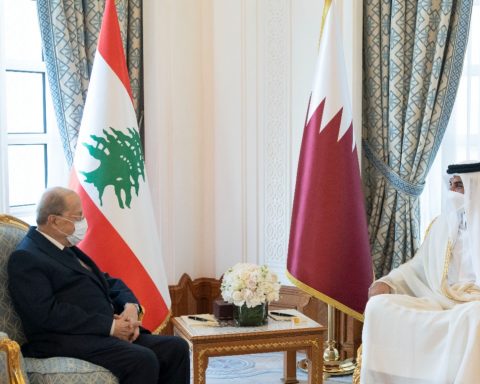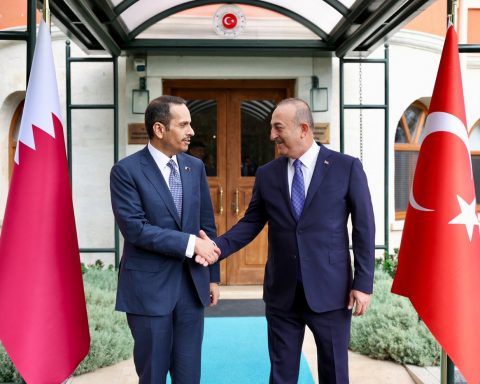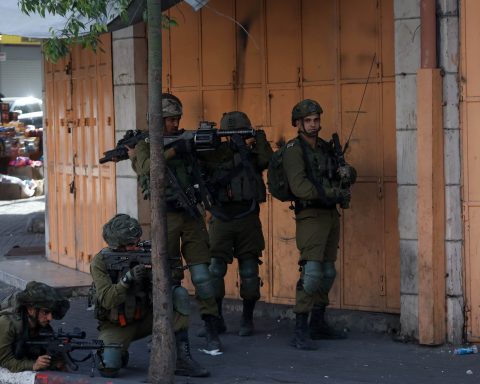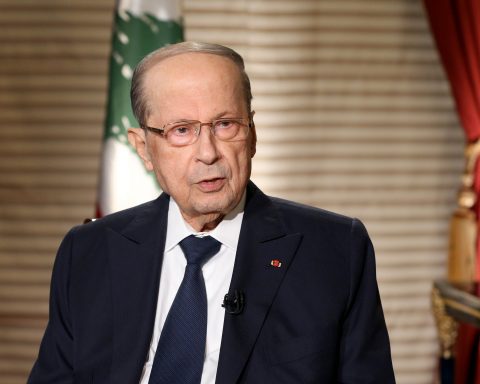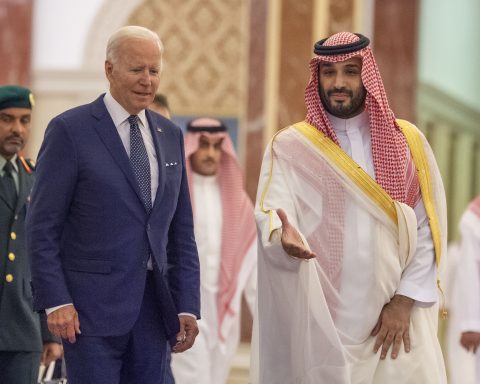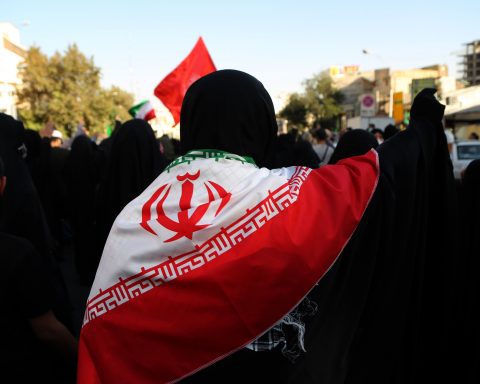Drone technology is more sophisticated than it sounds. Qualitatively, the technology required to build an unmanned drone, even the unarmed Predator, used in the Balkan War in the mid-1990s, is quite different from the technology required to produce a drone equipped with smart weapons. In other words, countries with sophisticated military technologies such as nuclear weapons and satellite communications have built advanced armed drones.
The history of drone production in Iran dates back to the revolution, at the time of which a ten-year plan for drone production was considered, and the Iranian drone industry was supposed to start operating in 1981. The project was halted after the revolution but eventually led to the establishment of the Quds Air Industries. This company is one of the current companies of the Aviation Industry Organization of the Ministry of Defense, which was established in the middle of the war in 1985 to design and manufacture various types of remote-controlled birds (drones). In an interview with the Iranian state media in October 2020, Iranian General Commander of the Army Ground Force’s Drone Unit General Shahram Hassannejad stated that Iran was one of the leading countries in the field of drone technology, which is a valid evaluation as Iran possesses a substantial arsenal of drones, which can capture unobservable details. To illustrate, on January 4, 2021, a WorldView-2 satellite was able to identify a part of Iran’s drone fleet on a distant airstrip in the desert near Semnan, located in the north of the country. The image taken by European Space Imaging was provided to Belling cat, and depicted more than 154 different types of drones, which were lined up on January 6 for a large operation by the Iranian Armed Forces.
It was during the parade on April 19, 2013, that the Sarir Drone was displayed. This was a drone similar to the Hunter design, which was equipped with two rocket launchers under its wings. In 2014, the Ministry of Defense and Armed Forces Support unveiled the Sadegh drone, which was, in fact, an unmanned aerial vehicle based on Migration Platform 4, in which case the drone was equipped with shower missiles and showed the first but important steps for the entry of drones into air border protection, and air missions were removed. Simultaneously, with the unveiling of its “first bomber drone”, the Air Force of the Revolutionary Guards released a picture of an “advanced MQ-1C drone”, which, according to this organization, was “looted” by American forces. It had announced the capture and landing of a US-owned drone at a depth of 225 km on Iranian territory with “little damage”. The IRGC later announced that it had decrypted the advanced US drone.
The International Institute for Strategic Studies reported that Iran’s vast missile arsenal is expanding, particularly its drones and cruise missiles, which have destabilized power in the Middle East. “Iran’s ballistic missile systems, complemented by cruise missiles and drones, are intended not only for deterrence but also for combat, including Iran’s regional partners.” Iran has four complementary strategies to meet the needs of its allies and to provide these drones and ballistic missiles to non-governmental actors, it uses “direct transport, upgrading of existing missiles, transfer of production and supply capabilities through third parties.”
Micro Drone
In an interview with Mizan, Brigadier General Mohammad Hassan Nami, referring to the technology of using “micro-drones” in the body of the country’s defense industry, said that directing and sending information about enemy movements on the desks of armed forces units is one of the critical missions of these drones. Referring to the achievement of “artificial intelligence” in the field of defense products in the Armed Forces and the Ministry of Defense and Armed Forces Support, the head of the geopolitical group of the Strategic Center of the Islamic Republic of Iran pointed to the use of “artificial intelligence” in various fields. In particular, since the beginning of 2000, countries with world-class rankings in the production of science, such as the Islamic Republic of Iran, have taken steps to achieve this technology. At that time, Iran was ranked twelfth and now this rank has been upgraded.
The drone that was launched was a Karrar, which was an Iranian version of the Beechcraft MQM-107 Streaker, which US used as an aerial target. Subsequently, in 2010, Iranians made some modifications and engineered these in a different way to produce Karrar, which is powered via a jet and has a speed above 500 mph. Modifications have been made to Karrar for it to be utilized primarily as a bomber with a pair of anti-ship missiles weighing 250 pounds, a GPS-guided bomb weighing 500 pounds, or a small cruise missile. According to the White House, the US and Israel will find an inter-agency working group “on the growing threat of Unmanned Aerial Vehicles (UAVs) and Precision Guided Missiles produced by Iran and provided to its proxies in the Middle East Region.”
One of the best Iranian drones is the “Shahed 129” drone. This drone can carry 8 Sadid smart bombs or missiles simultaneously; it is designed for fixed and mobile purposes and is equipped with advanced night vision cameras. The UAV has a ceiling of 24,000 feet connected to portable ground control stations and can defend the country at an exceptionally low cost. “Shahed 129” has the power to monitor its radius of 200 km, and this drone can be used against criminals and terrorists, reconnaissance at land and water borders, environmental issues, mapping and aerial photography.
Proxy groups using drones
Iranian-backed militants in Iraq have reportedly used suicide drones in two operations against US positions. Three drones are said to have targeted the Ain al-Assad base and one base near Erbil International Airport. Last April, a US military convoy was targeted near the Ain al-Assad base, and the blast was so intense that it “spread false news about the attack on Ain al-Assad,” the state-run IRNA news agency reported on April 17th. During the initial stages, Yemeni Houthis utilized basic drones; however, the drones used currently have a range of up to 1,500 kilometers and resemble the ones designed by Iran. The drones that the Iranians provided the Houthis with were based on basic technologies, yet they possessed advanced level capabilities, one example of which was bombed with high precision. Iran uses Yemen as a laboratory to experiment the capability of these drones.
Do Iranian drones have a license to export?
In October 2020, the arms sanctions against Iran ended. Currently, Iran is able to import all kinds of equipment and weapons it needs and export its locally-produced weapons to its neighbors and other countries. In this way, Iran is able to obtain foreign exchange income. The defense industries of the Islamic Republic of Iran have been subject to arms embargoes for years, and by focusing on self-sufficiency, they have been able to meet Iran’s defense needs in a completely indigenous manner without the need for foreign weapons.
Gen. Frank McKenzie, commander of the US military in the Middle East, has described Iran as a daily threat to the United States and its allies in the region, and he claimed that there were 150 missile and drone strikes by Iranian-allied Houthi militias against Saudi interests in the first four months of 2021. According to General McKenzie, Iran’s widespread use of small and medium-sized drones for reconnaissance and offensive operations means that the United States has lacked air superiority in operations for the first time since the Korean War. The drones utilized by private actors and militias in the Middle East clearly belong to Iran. As reported by Rogers, drones are valuable tools for Iran due to the distance they can travel and that the source of the drones can remain unveiled. Locally-produced complex drones, which entail technologies that make it hardly possible to determine the source of a deadly attack in a region, have advanced the Iranian drone program. Israel possesses a wide range of counter-drone technology, including missile defenses, such as Iron Dome.
A few weeks ago, groups defending the Islamic Republic of Iran, which attacked US forces in Iraq, wrote that this was the latest in a series of attacks against US troops in Iraq, many of which were carried out with small rockets. This underscores the growing threat of Iranian drone strikes in the Middle East, writes National Radio. “For the first time since the Korean War, we are operating without the complete superiority of the air force,” Gen. Kenneth Mackenzie, commander of US Central Command, told the House Armed Services Committee last April.
One of the most important concerns of the United States and Israel is the transfer of drone technology to all member states of the Axis of Resistance, and this issue has been repeatedly mentioned in the reports of Western think tanks. One of Israel’s main concerns is the very high power of the Lebanese Hezbollah drone. Basically, Hezbollah has carried out several important and influential infiltration operations against Israel.
Director-General of the Defense Ministry Aviation Industries Organization Second Brigadier General Afshin Khajefard, in reference to Iran’s fourteenth rank among the powerful military countries, said: “Iran ranks fifth in the construction of drones in the world.” Brigadier General Amir Khajeh Fard, who continued to state that there was a favorable situation in the field of drones or UAVs at present, said: “One of the indicators of air combat capability of countries is drones, which of course is widely used in the field of electronic warfare.”
Drone attacks of Aramco Oil Facility
In September 2019, the Aramco refinery facility was attacked with drones and cruise missiles, causing a shock to the energy market and causing a 50 percent reduction in Saudi oil production and export capacity. It uses this method to test its ballistic missiles in real conditions. They also say that Iran is testing cruise missiles and drones in the Houthi war with Saudi Arabia. Aramco’s oil facilities were targeted with large and precise attacks using several cruise missiles and UAVs. Saudi missile defense systems are primarily designed to intercept ballistic missiles. Cruise missiles and drones are much slower than ballistic missiles but can fly at exceptionally low altitudes and away from radar sight.
Conclusion
Last March, the United States government decided to send 30 fighter jets, including 18 F-15E and 12 F-16Cs, to the Gulf States, due to the continued US presence in Iraq and the possible threat of missile and drone strikes. Given the important role of UAVs in the security of energy infrastructure and attacks on the energy and security infrastructure of other countries, it is natural that Iran will focus more on the UAV industry after a possible agreement. Using proxy groups has a special place in Iran’s foreign policy. As in the past, regional security will face a severe challenge. Countries in the region must review the security of energy infrastructure to protect their security infrastructure from UAVs. It can be argued that the region has entered a new phase of arms competition, especially in the UAV sector, and that the new geopolitics and balance of power in the region is changing.
It seems that the mentioned reasons make investing in the UAV industry inevitable, and by dominating this field and trying to nurture and train human resources, the Islamic Republic continues to be the flagship of this industry in competition with the owners of this technology.
Due to the regional competition between Iran and Turkey, the expectation of the production of advanced drones and their export should become a place of competition between the two countries soon.
A possible agreement between Iran and the United States will lead to the gradual lifting of sanctions. Iran will invest more in the missile and UAV program, or by importing the necessary technology in this field, it will not be able to make much progress in the short term. Following the successful presence of Turkish drones in the Second Nagorno-Karabakh War, some European and NATO member states have now demanded the purchase of Bayraktar drones. Turkey has a better chance to increase its share of the global UAV market. Iran has shown that it is seeking to increase its military and defense capabilities and has planned to sell and export weapons to countries in the region by lifting sanctions on arms. The arms race in the UAV sector will increase in the coming years in the region.

